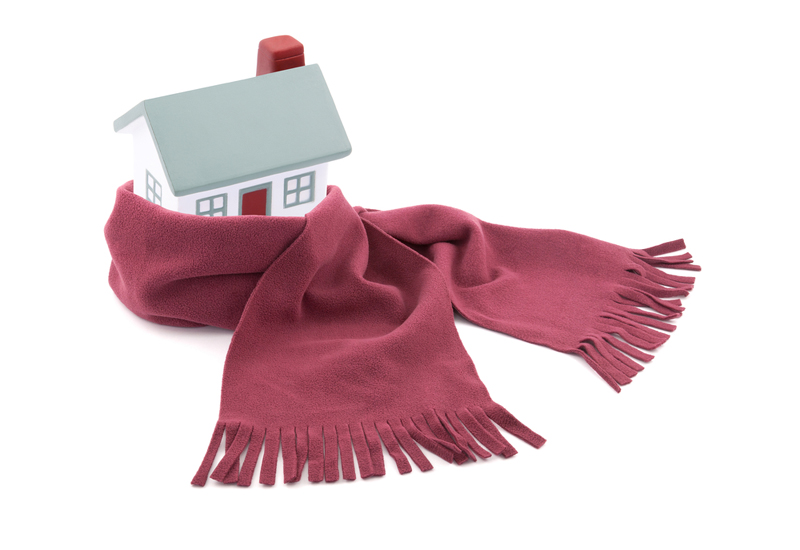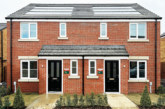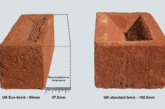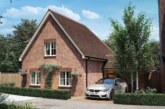
Thanks to energy assessors and the powerful energy performance software they use, house builders are saving significant costs.
As any housebuilder knows, saving build costs is an important factor in the success of any development. That is even truer when it comes to saving the majority of those costs upfront, before the build even begins. Energy assessors and the powerful performance software they use are helping house builders to make those savings.
For instance, AES Sustainability Consultants provide energy and sustainability assessments and consultancy to the construction industry. The company was set up over 10 years ago by energy assessor Jon Bodington and has grown steadily over the years, now employing 20 staff. The AES client base is very broad, ranging from top ten housebuilders to regional developers and one-off self-builders.
Jon qualified as an energy assessor prior to starting up the Company, so has over 10 years’ experience of carrying out Standard Assessment Procedure (SAP) calculations. SAP is the government’s national calculation methodology for the energy efficiency assessment of newly constructed dwellings. Many consultants use software, such as Elmhurst Energy’s Design SAP, to make the calculations and produce energy performance data. This information can be extremely powerful for housebuilders and developers.
“All our team have an in-depth knowledge of Design SAP software and national calculation methodology,” explained Jon. “We engage with house builders at an early stage on their developments, modelling units within the software to generate energy models to satisfy planning requirements.”
Jon continued: “Once the development has received planning approval we work with the design team to value engineer the final strategy to meet regulations, planning requirements and any other targets applicable to the development. This includes ensuring that Code credits are maximised. Once the construction is complete we use the software to generate the as-built SAP score and lodge the Energy Performance Certificate (EPC).”
SAP assessment
A key part of the service AES delivers is the consultancy that sits around the SAP assessment. AES uses the Design SAP software to model potential solutions for its clients to enable them to decide on the most cost effective solution to suit their needs.
“Through value engineering specifications, we have delivered significant savings for our clients,” says Jon. “The ability to pull out key data from the software into excel is invaluable. It enables us to complete development-wide energy calculations as well as presenting vital data in a format for our clients that is easy to read. The additional features introduced with Design SAP 2012 software release has sped up this process for us, enabling us to quickly run site-wide energy calculations, saving us valuable time and money.”
The software calculates the SAP rating, the Environmental Impact Rating (EIR), the Dwelling Emission Rate (DER), the Target Emission Rate (TER), the dwelling fabric energy efficiency (DFEE) and the Target Fabric Energy Efficiency (TFEE) as well as incorporating Elmhurst’s renowned U-Value calculator.
“It differs to other energy assessor software as it can be used either by accredited energy assessors to produce new build EPCs as well as Building Regulation calculations, or by trained individuals that aren’t necessarily accredited simply to produce a SAP calculation,” explained Martyn Reed, Managing Director of Elmhurst Energy.
“Elmhurst Energy specialises in energy performance measurement and provides software, training and technical support for over 6,000 energy assessors. For smaller housebuilders and developers the benefits of using energy assessors to calculate and identify savings across their portfolio of new and existing properties is demonstrated by Jon’s company.”
“We believe the private house building sector will continue to look to energy efficiency measures as a way to save money while creating more value for buyers”
Climate change goals
Martyn continued: “To achieve the UN Climate Change Targets agreed in Paris, or our own Government’s ‘Fifth carbon budget’, we need to deliver higher levels of energy efficiency across the new build sector. This is now more important as the government prevaricates on a replacement for Green Deal and its commitment to the Hinckley C Power Station; which were both seen to be part of the solution to climate change.”
“We believe the private house building sector will continue to look to energy efficiency measures as a way to save money while creating more value for buyers,” continued Martyn. “House buyers will be attracted to energy efficient homes, thanks to lower fuel bills. As AES demonstrate, the tools are there to begin the journey to efficiency savings before a single brick is laid.”








